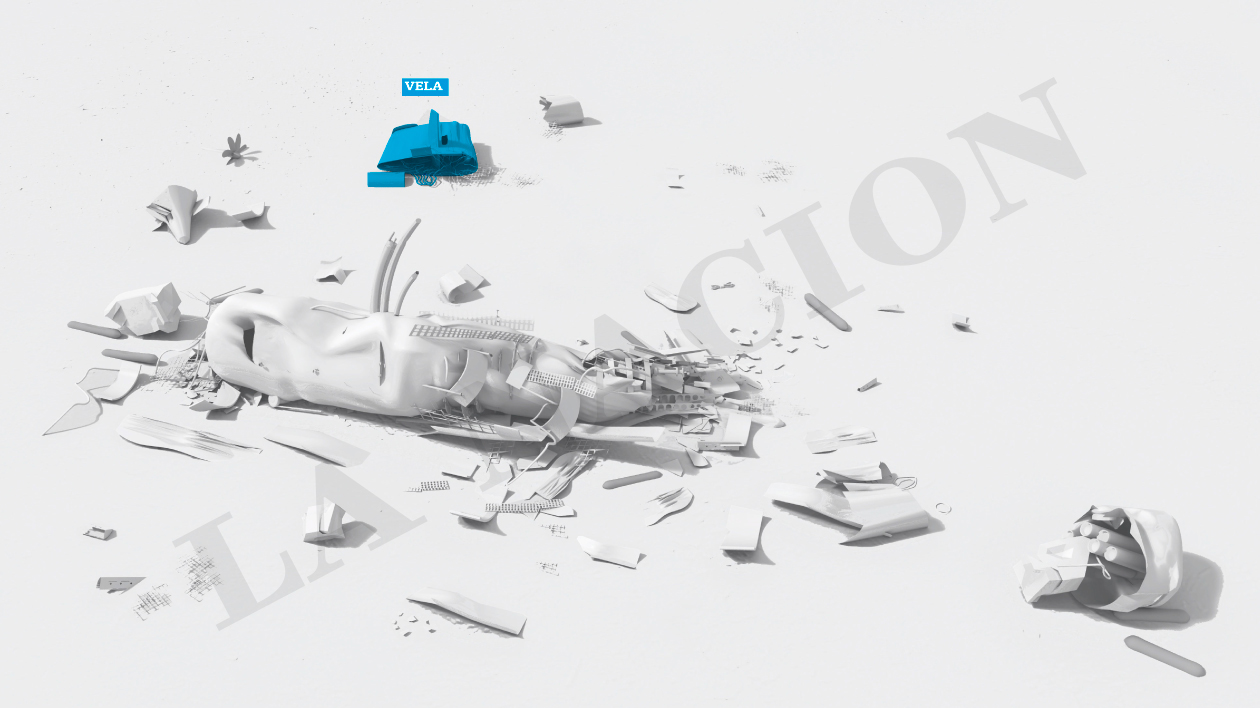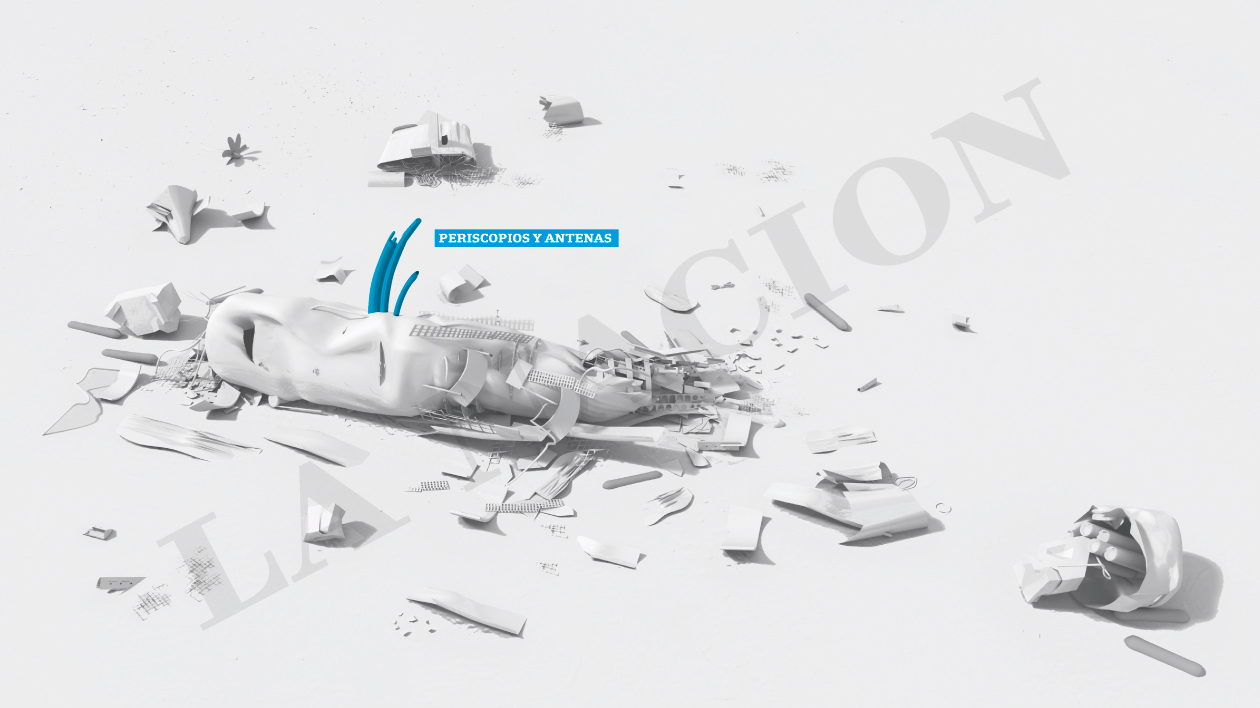3D RECONSTRUCTION OF THE ARA SAN JUAN
CONTEXT
A missing Argentine naval submarine was found, a year and a day after it vanished in the South Atlantic ocean with 44 crew members on board. The wreckage of the ARA San Juan, which “suffered an implosion,” was found about 870 meters (2,850 feet) down on the ocean floor.
The Argentine navy had called off its rescue operation about two weeks after the sub’s disappearance, saying there was “no chance of survival” for its crew, but search efforts continued.
The navy said early Saturday that a “positive identification” had been made by a remote-operated submersible deployed by Ocean Infinity, a US firm commissioned by the Argentine government that began searching on September 7. On Sunday, Argentina’s navy released the first images of the sub on the seafloor under 2,975 feet of water nearly 400 miles east of the city of Comodoro Rivadavia in Argentina’s Patagonia region.
HOW THE 3D RECONSTRUCTION WAS DONE
On Tuesday, November 20, 2018, three days after the discovery of the remains of ARA San Juan, we received the first of the messages that would allow the reconstruction of the scene. The process took almost six months of teamwork. Interviews were conducted with a dozen people, including family members, experts and sources with access to images that were closed to the public.
The first draft of the 3D reconstruction began with an audio recorded by a relative of one of the 44 crew members of the Ara San Juan at the Mar del Plata Base on the morning of November 17 last year. The relatives were shown three photos that proved the finding of the sunken submarine 907 meters deep.
That first reconstruction was shared with people who were still sailing on their way to South Africa, in the Seabed Constructor, the ship with which Ocean Infinity did the search. Those who saw it were surprised by the reconstruction, because they still did not have a complete picture of the submarine and the rubble that surrounded it. Because of the darkness in that depth of the sea, they had only been able to see photos and videos of different parts of the submarine. Not a complete image.
That image would only be available in December, when the mosaic was made, a kind of puzzle, based on the 67,000 photos taken by autonomous underwater vehicles (AUV) during the early hours of November 17.
Technical problems in the opening of some of those images delivered to the Court led to delays in the presentation to the relatives, experts and the bicameral commission of the Congress that follows the inquiries about the sinking of the submarine.
Last April 23 was the day when, finally, more than 140 family members could see the mosaic and almost five hours of video showing the ARA San Juan at the bottom of the Argentine Sea. With the reconstruction drafts and pencil in hand, we met infographers, journalists and staff from other areas of the newspaper, who saw the images that allowed us to reach the result presented in this interactive infographic.
Technologies used:
The render was made with Carrara 3D Software and the animation was achieved with JavaScript by using a sequence of images.





